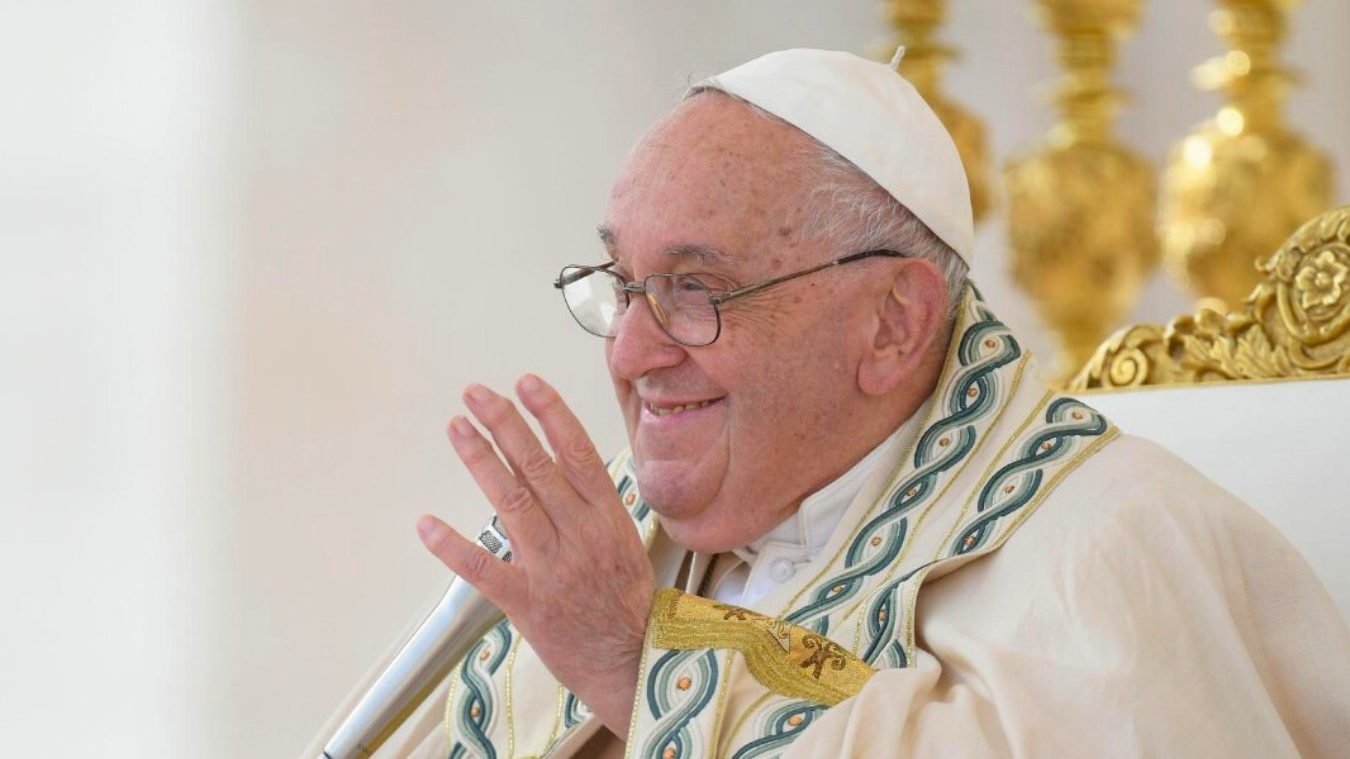Pope Francis passed away Monday morning from a stroke, which led to a coma and irreversible heart failure, according to the Vatican’s death certificate.

Pope Francis passed away on Monday morning due to a stroke that led to a coma and irreversible heart failure, according to the death certificate released by the Vatican.
The certificate stated that the Pope died as a result of a cerebral stroke, coma, and irreversible cardiocirculatory collapse.
Additionally, it was revealed that Pope Francis had a history of arterial hypertension, multiple bronchiectasis, and Type 2 diabetes—an illness that had not been publicly disclosed before.
The 88-year-old head of the Catholic Church died at 7:35 a.m. (0535 GMT) in his apartment at the Santa Marta residence within the Vatican, nearly a month after being discharged from a five-week hospital stay where he had battled severe pneumonia.
From Buenos Aires to papacy
Jorge Mario Bergoglio, the first Pope from the Americas, hailed from Argentina. Born on December 17, 1936, in Buenos Aires to Italian immigrants, his father Mario worked as a railway accountant, while his mother Regina Sivori dedicated herself to raising their five children. Initially trained as a chemical technician, Bergoglio later felt called to the priesthood and entered the Diocesan Seminary of Villa Devoto.
He joined the Society of Jesus on March 11, 1958, beginning his novitiate. After completing humanities studies in Chile, he returned to Argentina in 1963, earning a philosophy degree from the Colegio de San José in San Miguel. Between 1964 and 1966, he taught literature and psychology at schools in Santa Fé and Buenos Aires. He later completed theological studies and was ordained a priest on December 13, 1969.
Further academic and spiritual training followed in Spain, where he completed his final Jesuit vows in April 1973. Upon returning to Argentina, he held roles such as novice master, theology professor, consultor for the Jesuit Province, and Rector of the Colegio Máximo.

On July 31, 1973, Bergoglio was appointed Provincial Superior of the Jesuits in Argentina, a post he held for six years. He returned to academic work before spending time in Germany for doctoral research. Back in Argentina, he served as spiritual director and confessor in Córdoba.
His ecclesiastical career progressed rapidly from 1992, when Pope John Paul II appointed him Auxiliary Bishop of Buenos Aires. He was ordained on May 27 of that year and soon became Episcopal Vicar of the Flores district, then Vicar General. On June 3, 1997, he became Coadjutor Archbishop, succeeding Cardinal Quarracino on February 28, 1998, as Archbishop of Buenos Aires, Primate of Argentina, and Ordinary for Eastern-rite Catholics without their own bishop.
John Paul II elevated him to Cardinal on February 21, 2001, giving him the title of San Roberto Bellarmino. In keeping with his modest style, he asked the faithful to donate to the poor instead of attending the ceremony in Rome.

Throughout his leadership in Buenos Aires, Cardinal Bergoglio was known for his simple lifestyle, humility, and advocacy for the poor. He consistently took public stands during Argentina’s 2001 financial crisis and maintained a strong connection with everyday people, often traveling by subway and bus.
As Grand Chancellor of the Catholic University of Argentina, he authored several works including Meditaciones para religiosos (1982), Reflexiones sobre la vida apostólica (1992), and Reflexiones de esperanza (1992). He also played significant roles within the Vatican, including as General Relator at the 2001 Synod of Bishops, emphasizing the prophetic mission of bishops and the importance of social justice.
Despite declining the presidency of the Argentine Bishops’ Conference in 2002, he was elected in 2005 and re-elected in 2008. He also participated in the 2005 Conclave that elected Pope Benedict XVI.
As Archbishop, he launched a large-scale pastoral plan to re-evangelize Buenos Aires, focusing on building inclusive communities, promoting informed lay leadership, and helping the city’s poor and sick. In 2009, he initiated a bicentenary campaign to establish 200 charitable centers by 2016.
On the continental stage, he strongly supported the message of the 2007 Aparecida Conference, calling it the “Evangelii Nuntiandi of Latin America.”
Until the sede vacante in 2013, he served on several Vatican bodies, including the Congregation for Divine Worship, the Clergy, Religious Life, the Pontifical Council for the Family, and the Pontifical Commission for Latin America.
On March 13, 2013, Jorge Mario Bergoglio was elected Supreme Pontiff, taking the name Pope Francis.



Leave a Reply